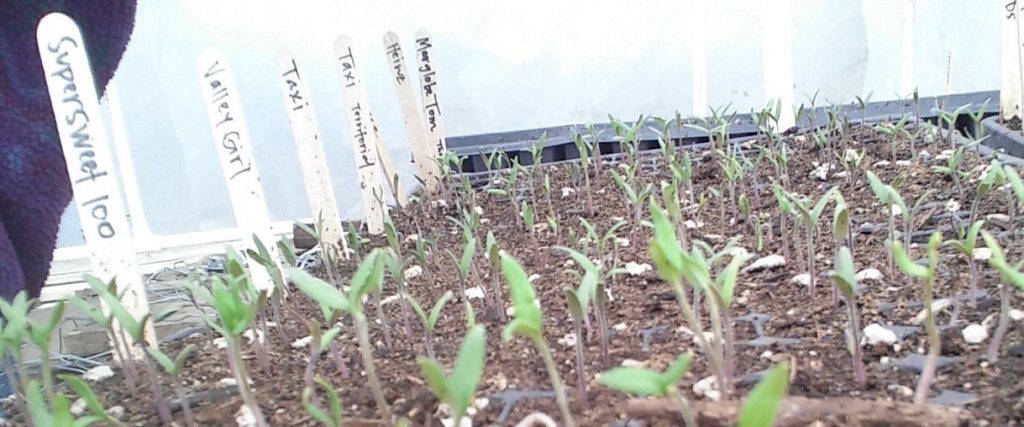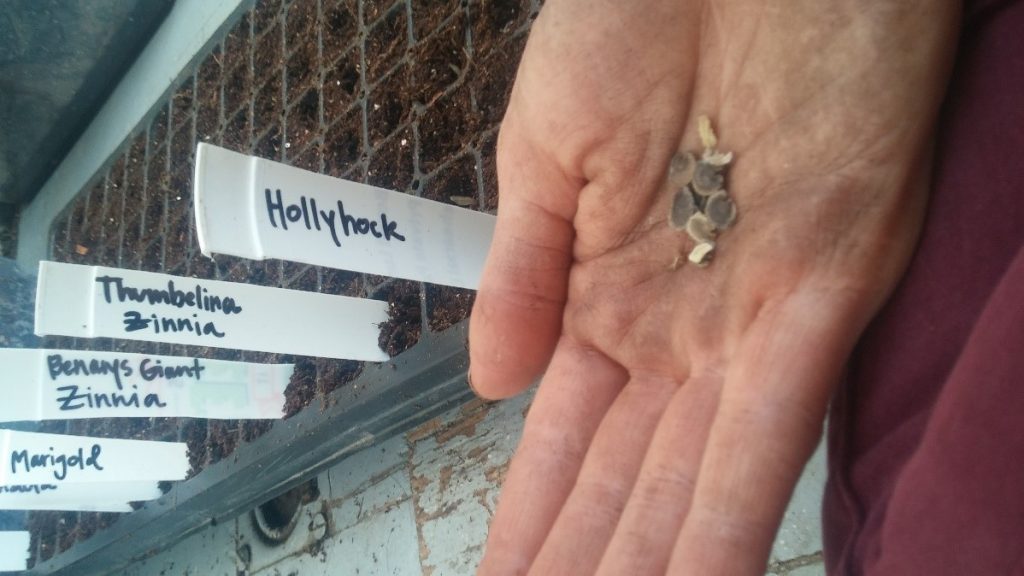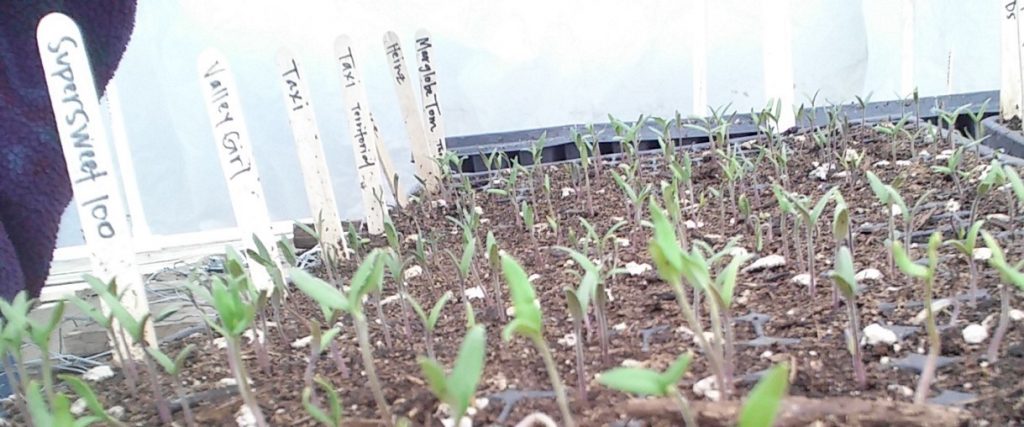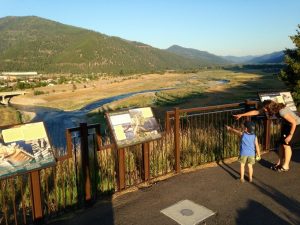By Victorian Tilley
Like a bear out of hibernation, it is time to seek out new opportunities and put action into intentions. Emerging out of a slow, sleepy state, I am ready for the new season. I know I am not the only one. Spring time is here, and the snow is (almost) fully melted away. Well, here in Butte it may not seem quite like spring, but you can feel the energy starting to buzz and hear locals talk of all the fun times that the upcoming months will bring.
Witnessing the shift from the dark, winter season to the renewing spring season is actually a big deal and historically, meant that you were still alive. The winter months are harsh, and if you weren’t prepared, let’s just say the struggle would be real. Before refrigeration and large-scale shipping of staple foods, hunter-gatherers and farmers lived off of very little towards the end of the winter season. Planning ahead during the preceding, hopefully bountiful, harvests left you with some potatoes, beets, onions, and grains, but probably not much of any of it. Jessica Prentice, professional chef and food activist, points out in her book, Full Moon Feast: Food and the Hunger for Connection that most of us in the United States nowadays do not experience a shortage of food – those that do will more than likely attribute it to insufficient income rather than seasonal shortage. “We no longer experience the annual cycle of scarcity and abundance familiar to our ancestors.” Walk in a grocery store in February, and you will probably find the same foods that are also abundant in late summer.
I suppose this is an extreme example of eating with the seasons. It is a relief to know that we are probably not going to be without food, but it could benefit us to be aware of how people had to pay close attention to seasonal changes. It’s important for us to pay attention to seasonal changes even today, and eat as seasonally as possible. Eating seasonally is a primary way to address negative impacts of an industrialized food system, and as Prentice explains, reintroduces relationship and tradition that used to be associated with food. While we may not have to grow food like our lives depended on it, we can still contribute to sustainable agricultural systems by consuming foods that aren’t grown with chemicals, that haven’t travelled across the world to get to us, that are more nutrient dense, and that are grown with appreciation, care, and love. Tomatoes grown in January for example, need a lot of synthetic help to reach maturity, or they are traveling many miles from a warmer climate far away from Montana. This tomato is probably not going to taste as rich as your homegrown tomato because of its tougher skin and flesh and low nutrient density. From a grower’s standpoint, embracing seasonal diversity as well as practicing crop rotating methods help maintain soil integrity, enhance nutrition in foods that grow from that soil, and prevent pests or diseases from making themselves cozy in the growing areas. When you pay more attention to things that thrive at a certain time of year, you are embracing the natural cycle of birth, life, death, and birth again. You are also supporting a small-scale farming system and year-round happy farmers. I believe this approach can one day rebuild a food system less focused on quantity and more focused on quality.
When a new spring season comes and it’s time to start our garden or shop at the local farmers’ market, I am overcome with a sense of excitement and eagerness to “start fresh”. J We all start to emerge from our winter caves, and the plants and trees also start to emerge out of dormancy, into new life. Here on the SIFT farm, we are seeing some lively emergence as we prepare for spring and summer growing. This month we made our yearly seed order and have started some of our first crops!

Since the Butte area is notorious for its shorter growing season and large temperature swings, one of our season extension techniques is to give the summer crops, like peppers, eggplant, tomatoes, and some herbs a head start as seedlings indoors. They will be ready to be transplanted into the high tunnels in about 4 to 6 weeks, where they will remain nice and warm. Starting other crops like kale and lettuce indoors can be done a little later since they are cool-weather crops and can take lower temperatures (as we still have low temps at night in the summer time – I hear tale of snow on last year’s Fourth of July), and have less days to maturity, since it is their leaves we desire instead of fruit. Root crops can also take cooler temperatures and actually grow very well in this area, and can be direct seeded into the fields. Basic rule of thumb – start anything you can in trays indoors and then transplant into fields or greenhouses after threat of frost. J
It’s fascinating to witness a tiny seed turn into a mighty plant with leaves, fruits, and roots that we then eat for nourishment. This past month, myself and other Energy Corps members had the opportunity to volunteer at Free the Seeds, an event held in Kalispell every year. The main attraction is the Seed Swap, where growers around the state are able to donate seed that they have saved from their best plants of last year’s crops, and where those seeds and many, many more are able to be picked up by locals to start new crops with this year. Seed saving is a great practice of keeping heirloom and organic varieties alive, not to mention securing your seed stock for next year. Through this kind of sustainable practice we are able to learn about how varieties of vegetables and flowers thrive in different climates, enjoy those as they mature and are harvested, and ultimately live with, and not against, the ever-changing seasons.

“May we acknowledge that there is a time for purification and hunger and want, and yet be comforted with the knowledge that spring will soon be here, that the Earth will flower again, and the abundance of the harvest will follow behind.” –Jessica Prentice








